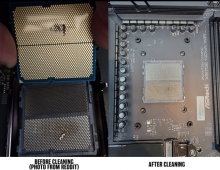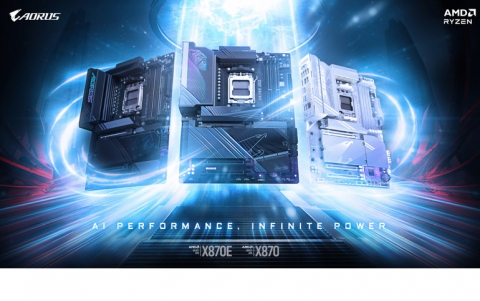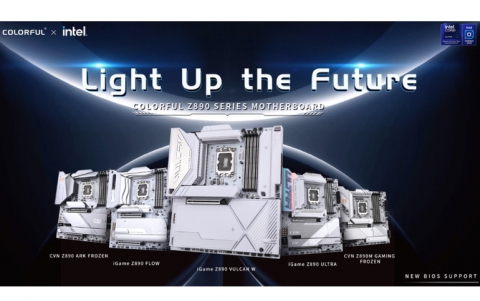Quick look: AMD Radeon R9 Nano
1. Features
| AMD Radeon R9 Fury X | AMD Radeon R9 Fury | AMD Radeon R9 Nano | |
| Stream Processors | 4096 | 3584 | 4096 |
| Texture Units | 256 | 224 | 256 |
| ROPs | 64 | 64 | 64 |
| Boost Clock | 1050MHz | 1000MHz | 1000MHz |
| Memory Clock | 1Gbps HBM | 1Gbps HBM | 1Gbps HBM |
| Memory Bus Width | 4096-bit | 4096-bit | 4096-bit |
| VRAM | 4GB | 4GB | 4GB |
| FP64 | 1/16 | 1/16 | 1/16 |
| TrueAudio | Y | Y | Y |
| Transistor Count | 8.9B | 8.9B | 8.9B |
| Typical Board Power | 275W | 275W | 175W |
| Manufacturing Process | TSMC 28nm | TSMC 28nm | TSMC 28nm |
| GPU | Fiji | Fiji | Fiji |
| Price | $649 | $549 | $649 |
The Radeon R9 Nano is in fact very close to the potential of the Fury X card; the only meaningful difference, from a performance point of view, appears to be a slightly reduced core speed.

But besides the performance potential, the advantage of the R9 Nano is its size, which allows it to easily fit into Mini ITX systems. AMD advertises the R9 Nano as a high-performing graaphics card for gamers who want a small-form-factor system. On paper it's also a good candidate for a deluxe Steam Box for the living room, though it lacks HDMI 2.0 so you may not be able to play games on your new 4K TV.





















